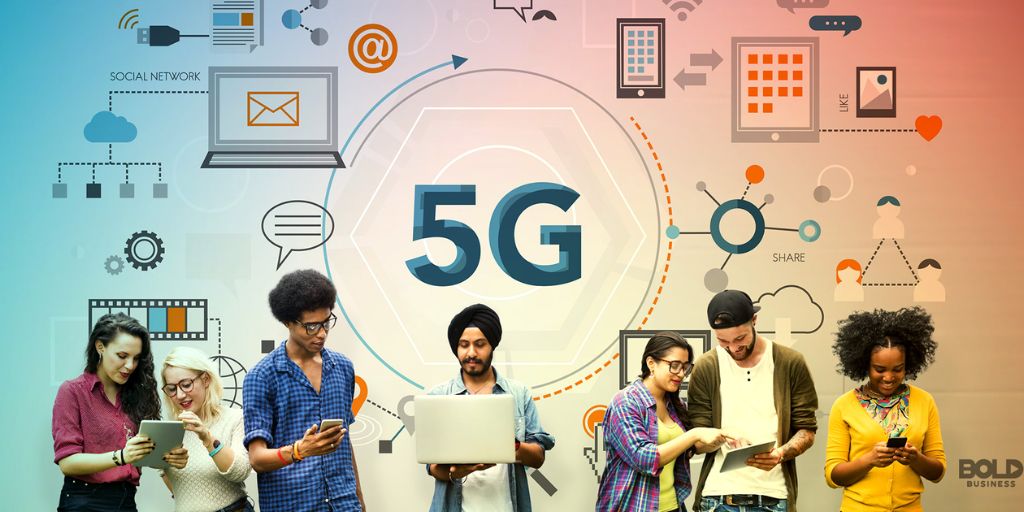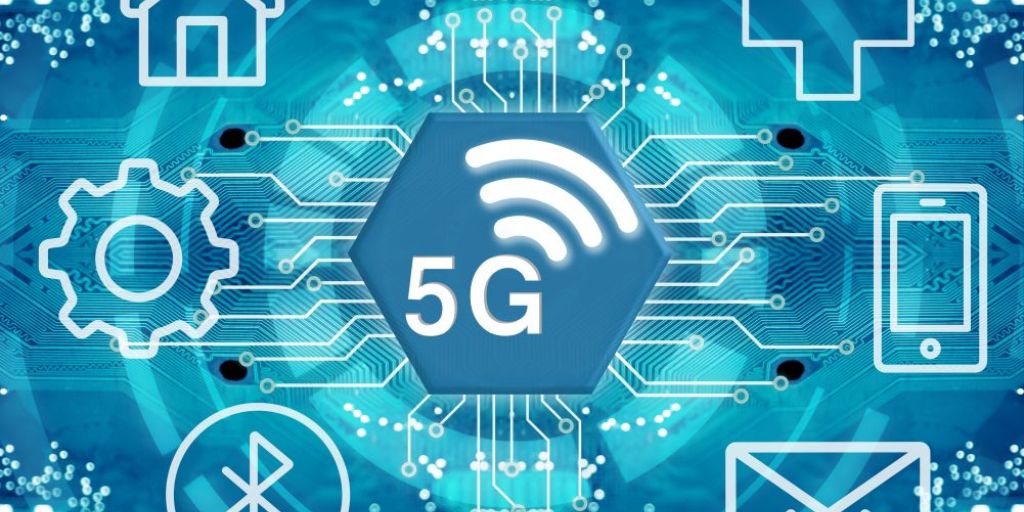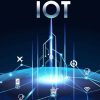In the early 2020s, 5G technology started rolling out across the world, promising lightning-fast internet speeds, low latency, and seamless connectivity. Fast forward to today, and while many urban areas enjoy widespread 5G access, the technology’s true potential is still unfolding.
5G is much more than faster smartphones; it is the cornerstone for a new era of technological transformation. From healthcare and transportation to entertainment and smart cities, 5G is expected to redefine how industries operate and how individuals experience the world. But what exactly does the future of 5G technology look like?
In this article, we’ll dive into the evolving capabilities of 5G, the industries it’s transforming, the challenges it must overcome, and how it’s setting the stage for the technologies of tomorrow.
Beyond Speed: The True Power of 5G
At a glance, many people associate 5G with faster downloads and smoother streaming. While 5G indeed offers speeds up to 100 times faster than 4G LTE, the real breakthroughs come from ultra-low latency, massive device connectivity, and greater network reliability.
Latency—the delay between sending and receiving data—drops dramatically with 5G, often to under one millisecond. This near-instantaneous communication unlocks possibilities that were previously unimaginable. Additionally, 5G can support over a million devices per square kilometer, making it the ideal platform for connecting countless IoT (Internet of Things) devices, from smartwatches to industrial sensors.
These enhancements mean that 5G is not just an incremental improvement; it’s an enabling technology that will serve as the backbone for emerging innovations over the next decade and beyond.
Industries Being Revolutionized by 5G
1. Autonomous Transportation
One of the most highly anticipated impacts of 5G is on autonomous vehicles. For self-driving cars to function safely, they must communicate instantly with each other, with infrastructure (such as traffic lights and road sensors), and with centralized traffic management systems.
5G’s low latency allows these vehicles to process environmental data and make split-second decisions, vastly improving safety. Moreover, fleet management for logistics companies can become far more efficient, with real-time tracking, route optimization, and predictive maintenance based on sensor data. In the future, entire cities may see autonomous buses, taxis, and delivery drones becoming a common sight.
2. Healthcare and Remote Medicine
The healthcare industry is undergoing a quiet revolution thanks to 5G. Doctors can now perform robotic surgeries remotely, with minimal delay, opening possibilities for critical surgeries in remote or underserved areas. Real-time transmission of large medical imaging files, virtual consultations using augmented reality (AR), and remote patient monitoring through wearable devices are already starting to reshape patient care.
In the future, 5G-powered healthcare could drastically reduce hospital visits, enable real-time health tracking, and create personalized treatment plans driven by AI analyzing a continuous stream of patient data.
3. Smart Cities and Infrastructure
Smart cities depend on dense, fast, and reliable communication networks, making 5G crucial to their development. Cities equipped with 5G can manage energy consumption more efficiently with smart grids, improve traffic flow with AI-driven traffic systems, and enhance public safety through real-time surveillance and predictive analytics.
Imagine garbage collection vehicles being routed dynamically based on fill-level sensors in bins, or streetlights dimming automatically when no pedestrians are nearby. These efficiencies can make cities more sustainable, livable, and cost-effective for governments and citizens alike.
4. Entertainment and Immersive Experiences
Entertainment will continue to evolve rapidly as 5G becomes more widespread. Streaming 4K and even 8K content without buffering will become standard. More importantly, 5G’s capabilities make augmented reality (AR) and virtual reality (VR) experiences far more practical.
Concerts, sports events, and even education could move into the VR space, offering interactive experiences that feel real-time and lifelike. Gamers will benefit from cloud gaming platforms that eliminate the need for expensive hardware, streaming high-end games directly to mobile devices.
5. Manufacturing and Industry 4.0
Factories are leveraging 5G to power the next generation of industrial automation. Real-time communication between robots, machines, and workers can streamline operations, reduce downtime, and enable predictive maintenance.
Industry 4.0 relies on the ability to monitor, analyze, and optimize manufacturing processes on the fly — and 5G provides the necessary connectivity. In the future, “smart factories” could operate almost entirely autonomously, dramatically increasing productivity and reducing operational costs.
Overcoming the Challenges
While the promise of 5G is vast, several significant challenges must be addressed to fully unlock its potential.

Infrastructure Rollout
Unlike 4G, 5G networks rely heavily on small cells—miniature base stations that provide coverage over short distances. Building and deploying these at scale, particularly in densely populated urban centers, is expensive and complex. Rural and less populated regions risk being left behind, creating a potential digital divide.
To address this, governments and telecom providers must collaborate on infrastructure investments and policies that ensure equitable access to 5G technology.
Spectrum Management
5G requires access to a wide range of frequencies—low, mid, and high bands. Managing and allocating this spectrum effectively, without interference between networks, poses a regulatory challenge. International collaboration will be crucial to ensure that 5G networks can operate globally without conflict.
Energy Consumption and Sustainability
While 5G networks are more energy-efficient per bit of data transmitted, the overall data explosion could increase total energy consumption. Operators must invest in greener technologies, such as energy-efficient hardware and AI-driven network optimization, to keep carbon footprints manageable.
Security and Privacy Risks
The expansion of connected devices also broadens the attack surface for cybercriminals. Protecting critical infrastructure like power grids, hospitals, and transportation systems will require robust cybersecurity frameworks. Privacy regulations will need to evolve to protect consumers’ data as new forms of data collection and sharing become widespread.
What Comes After 5G? A Glimpse Into 6G
Even as 5G networks are still being deployed globally, researchers are already working on 6G technology. Expected to launch commercially around 2030, 6G could offer speeds of up to 1 terabit per second and latencies as low as 100 microseconds.
With 6G, we could see truly holographic communication, fully immersive virtual environments, tactile internet experiences (allowing you to “feel” through the internet), and AI-driven networks capable of self-optimization. However, before we reach 6G, there is still much work to be done to maximize 5G’s transformative potential.
Conclusion: A Connected Future
The future of 5G technology is incredibly promising and will likely impact every sector of society. From enabling autonomous vehicles and remote surgeries to powering smart cities and next-generation entertainment experiences, 5G is a catalyst for the Fourth Industrial Revolution.
However, realizing the full benefits of 5G will require collaboration across industries, governments, and communities. Infrastructure investments, sustainable deployment, robust cybersecurity measures, and equitable access must all be prioritized.
As 5G continues to expand, it won’t just change how we use our devices—it will fundamentally alter how we live, work, travel, and connect with one another. The coming decade will be defined by 5G’s ability to bridge the physical and digital worlds, ushering in a new era of innovation and possibilities.




